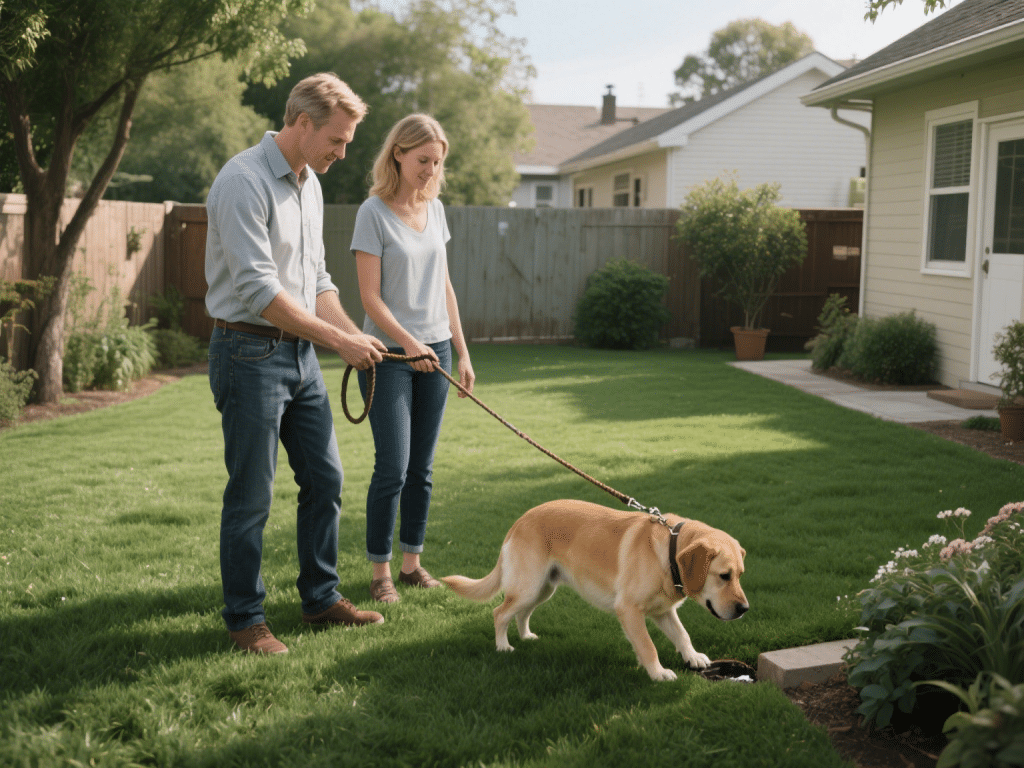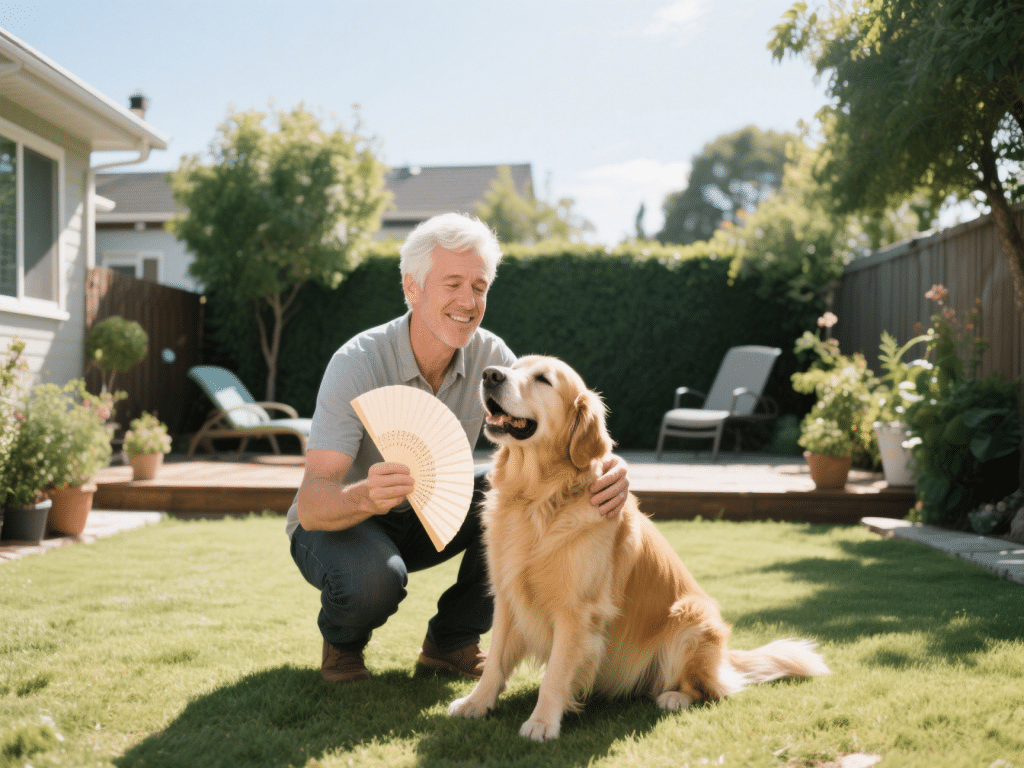
DIY Cat Enrichment: Crafting At-Home Toys and Games to Keep Your Cat Mentally Sharp
Indoor cats face a unique challenge: limited space and fewer natural stimuli can lead to b...
Walking your dog should be a joy, not a battle. Leash pulling, tangling, and frustration are common for beginners, but with consistent, positive methods, you can transform your walks. This guide provides veterinarian-approved, force-free techniques to build confidence.
Safety: Prevents darting into traffic or dangerous encounters.
Control: Manages reactivity around other dogs or distractions.
Bonding: Creates cooperative walks, strengthening your relationship.
Physical/Mental Health: Ensures effective exercise and enrichment.
Standard Leash (6ft): Avoid retractable leashes for training—they teach constant tension.
Well-Fitted Harness (Y-Shaped Front Clip Recommended): Reduces neck strain and gives better control over shoulders/chest. Example: Ruffwear Front Range.
High-Value Treats: Small, soft, irresistible rewards (cheese, chicken, commercial training treats).
Define “loose leash” clearly: Any slack in the line. Tension = stopping/correction.
Leash Introduction: Let your dog investigate the leash/harness. Treat calmly. Attach indoors briefly while feeding treats; remove before fussing.
Pressure & Release: Hold the leash loosely. The moment slight tension occurs, stop moving immediately. Stand still like a tree. Wait for any slack (even a glance back or slight shift). Mark (“Yes!”) and reward heavily the instant slack appears. Repeat 10-15 times/session. Key Insight: Teaches that pulling never works; slack makes movement happen.
Start Small: Practice in your yard or quiet driveway.
The “Engaged Walk”:
Walk briskly in one direction.
The instant the leash tightens: STOP. Freeze completely.
Wait patiently. Do not reel your dog in or jerk the leash.
The moment slack returns (dog looks back, steps closer, or loosens the line): Mark (“Good!”) and immediately resume walking + reward.
Change Direction: If stopping doesn’t regain attention after ~3 seconds, cheerfully say “Let’s go!” and walk briskly in the opposite direction. Reward when dog catches up on a loose leash. This reinforces attention.
See Triggers First: Spot the distraction (dog, squirrel, person) before your dog reacts.
Create Distance: Immediately increase space between your dog and the trigger. Cross the street if needed.
Engage & Reward: Ask for focus (“Look at me”) before your dog fixates. Reward sustained attention generously. If pulling starts, implement the Stop or Direction Change.
The “U-Turn” Maneuver: Essential for strong pullers. See a trigger ahead? Before your dog pulls, happily say “This way!” and turn 180 degrees. Reward matching your pace.
The 3-Second Rule: Only reward when the leash stays loose for 3 full seconds of walking. Builds duration.
Variable Reward Schedule: Once reliable, reward unpredictably (every 3 steps, then 5, then 10, then 1). Maintains engagement.
"Find It!" Game: Toss treats on the ground at your feet when passing major distractions. Keeps focus low and reinforces your position.
Mistake: Inconsistent stopping/rewarding.
Fix: Be ruthlessly consistent. Every single walk is training.
Mistake: Tight leash held constantly.
Fix: Consciously hold excess leash loosely; let it drape.
Mistake: Moving forward during pulling (e.g., to catch up).
Fix: Stop IMMEDIATELY. Pulling never progresses.
Mistake: Using a harsh collar causing pain/fear.
Fix: Switch to a front-clip harness. Pain inhibits learning and damages trust.
Progress isn’t linear. Bad days happen. Focus on small wins. Celebrate any moment of loose leash. Training builds communication and deepens your bond far beyond the walk itself. Consistent, positive reinforcement creates a calm, attentive walking companion for life. Start today, stay patient, and enjoy the journey together!

Indoor cats face a unique challenge: limited space and fewer natural stimuli can lead to b...

When I first fostered my inaugural litter of kittens, I quickly realized that their first ...

Welcoming an adult dog into your home can be incredibly rewarding—but if they’re not h...

IntroductionSummer heat can be dangerous for pets. Unlike humans, dogs and cats rely on pa...

Feeding your pets nutritious food is essential for their health, but premium pet foods can...

IntroductionEnsuring your cat receives timely vaccinations is one of the most important st...
Comments on "Mastering Dog Leash Training: A Beginner’s Guide" :